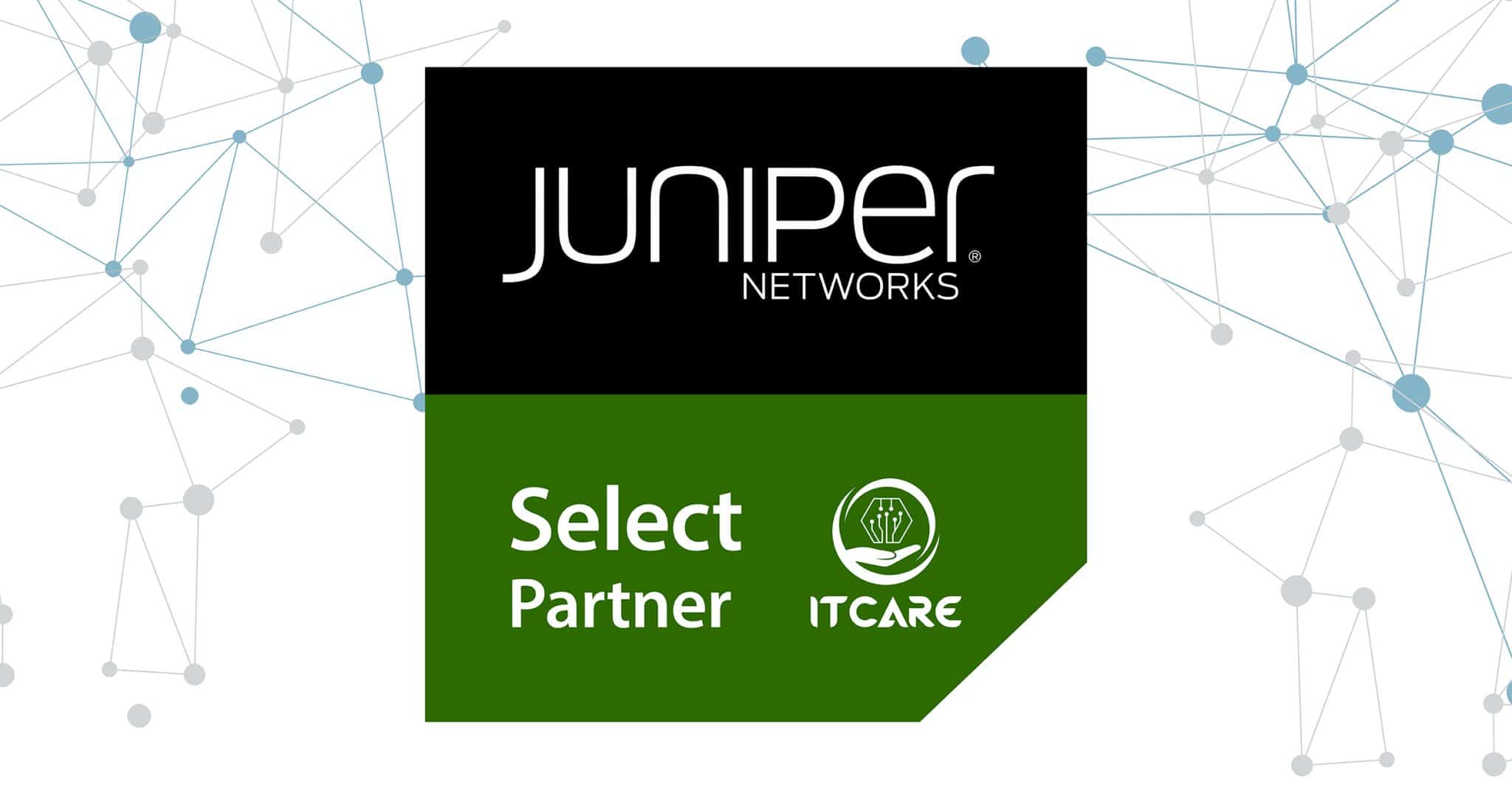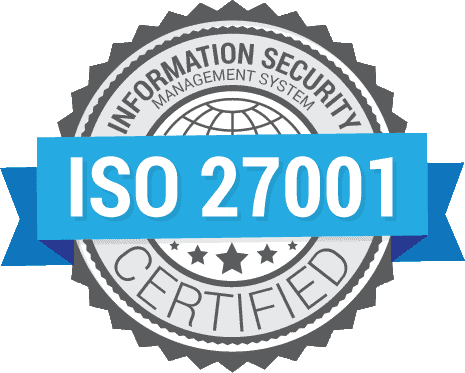How to Reduce Network Infrastructure Costs Without Sacrificing Performance
Reducing network infraastructure costs remains a real concern for any IT manager or system administrator. Pressure from tight budgets is increasing, while performance and security requirements aren’t decreasing. Many professionals wonder how they can save smartly without affecting the company’s speed, stability, or critical services. In this guide, you’ll find clear, easy-to-follow steps tailored to organizations with diverse needs and sizes. You’ll discover specific examples, practical recommendations, and useful technology ideas so you can optimize every investment and future-proof your network.
1. Analyze the network layout and set an optimization strategy
Every effective effort starts with a detailed analysis. Review your current network structure, inventory all existing equipment, and—above all—clearly define capacity needs for the coming years. Note where there are bottlenecks or inefficiencies—such as slow links between offices or underutilized resources. Use dedicated network design and simulation tools, such as Aviat Design or NetBox, to anticipate costs and benefits before making any purchases.
2. Choose equipment with strong cost-performance
Buying stable, efficient equipment boosts network performance without creating hard-to-manage costs. Look for switches and routers with low power consumption and advanced features that support service reliability (for example, upgrades without interruption or redundant power).
As you modernize the infrastructure, check whether vendors provide long-term software updates and whether devices are approaching their End-of-Life (EOL) dates. In practice, companies that use devices with extended support lifecycles reduce maintenance costs and avoid urgent upgrades.
An efficient network design can sometimes mean fewer devices and less rack space—a direct advantage in data centers with limited resources. Consult ITcare’s recommendations for details on solutions suited to various architectures, including when you prioritize energy consumption and reliability.
3. Implement proactive monitoring and maintenance
Responding to outages is costly for many companies, but smart monitoring significantly reduces these expenses. Remote monitoring systems such as Zabbix or Aviat ProVision Plus help you quickly identify deviations from normal parameters, preventing unplanned downtime.
In addition, scheduled maintenance activities lower the rate of major incidents and allow IT teams to act in time. For example, integrating a Network Operations Center (NOC) increases uptime and reduces urgent repairs. By making maintenance part of your budget strategy, you prevent costly surprises and gain greater control over company operations.
4. Adopt flexible solutions and technologies for a scalable network

Technology advances quickly, and network structures must keep pace with new demands. Invest in scalable solutions designed to allow gradual capacity growth and easy integration of services added later. Emphasize equipment and software compatible with open standards, avoiding lock-in to a single vendor.
Stay informed through specialized consultants or sources such as cloud consulting services, where you can learn how to plan investments for flexibility and clear costs. For example, a company that gradually migrates to a public or hybrid cloud reduces local hardware investments and increases the chances of balanced expansion.
A well-designed IT infrastructure lets you avoid costly reorganizations and perform upgrades without user interruptions.
5. Combine networking technologies for efficiency and resilience
In many cases, using multiband technologies brings visible benefits. This concept involves combining frequencies (microwave and millimeter-wave, for example) to reduce interference risk and maintain stable data transfer under varying conditions. In industries with heavy traffic or where uptime is critical, such solutions prevent bottlenecks and save unforeseen costs that would otherwise arise from forced reconfigurations.
Practically speaking, if your company manages multiple interconnected locations, introducing multiband technology can increase network availability and reduce the frequency of interventions. Work with integrators and consultants to cost-effectively test these options before implementation. Analyze the benefits of each choice, considering both costs and performance.
6. Optimize resources with virtualization, automation, and smart outsourcing
Server and network virtualization allows existing hardware to run multiple services simultaneously. Beyond savings on equipment, this approach increases flexibility—you can quickly adjust required resources without additional purchases.
Automate repetitive processes through Infrastructure as Code (IaC) using tools like Ansible or Terraform to reduce manual effort and ensure consistency across environments. Automation minimizes human error and helps scale infrastructure in a controlled way.
Outsourcing activities such as 24/7 monitoring or cloud service management can be less expensive than maintaining a dedicated in-house team. Choose partners carefully, keeping control over critical segments while outsourcing support or non-critical elements.
7. Track spending and produce detailed reports
Maintaining control over costs requires transparency and dedicated monitoring tools. Conduct periodic audits for licenses, resources, and usage, then adjust budgets to the actual needs of each department.
Use tools like AWS Cost Explorer, Azure Cost Management, or Zabbix to visualize the variables that influence spending—from consumed traffic to software licenses actually in use. Enforce clear purchasing policies and manage the risk of Shadow IT (unauthorized resource use).
You can find up-to-date details on cost management on a cloud services page, including reporting and optimization examples across diverse company scenarios. Tight budget control helps you respond easily to business needs and demonstrate the effectiveness of your chosen strategy.
8. Integrate new technologies with your existing infrastructure without stopping the business
Network modernization doesn’t have to disrupt operations. Plan the integration of new technologies in phases, testing upgrades or cloud migration in limited areas before scaling the project broadly. Choose vendors and solutions that ensure good compatibility with existing systems.
For example, large companies have successfully adopted cloud platforms or consolidated their data centers without interruptions by following detailed procedures and recommendations like those found in guides on modern IT infrastructure. This approach minimizes technical risks and shortens transition time.
Plan each step transparently and communicate changes to the departments involved; this reduces end-user impact and encourages rapid adoption of new processes.
9. Study a concrete example of effective optimization
Let’s analyze a real case: a company with growing network traffic decided to upgrade the core to 400 Gbps and aggregation to 100 Gbps, installing Juniper MX304 equipment. This significantly reduced downtime and congestion risk. In addition, it invested in virtualized servers and outsourced monitoring, resulting in an approximately 25% reduction in annual operating costs.
Throughout the process, specialists paid close attention to compatibility between the new equipment and existing structures. The outcome was a higher-performing infrastructure with lower response times and detailed reporting for each department. You can find additional examples of such processes on a network architecture page.
Work with certified experts and consult dedicated resources for every important aspect of your infrastructure. Start with a detailed analysis and build your strategy on objective data, using proven technologies and experienced partners in networking, cloud services, or data centers.
Approach modernization in stages and base decisions on transparent planning, responsible management, and practical testing. This way, you reduce costs without sacrificing performance and keep your infrastructure ready for any technological or business evolution.







